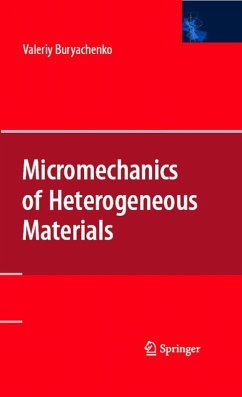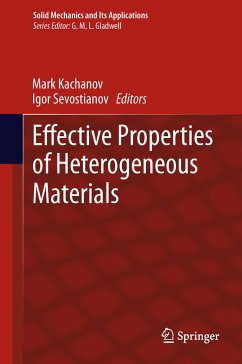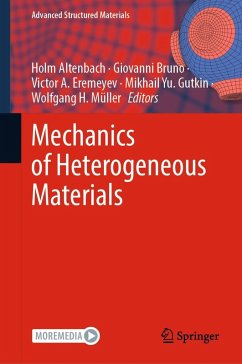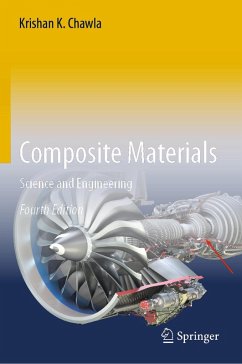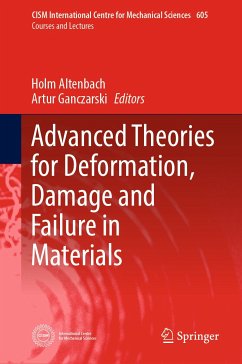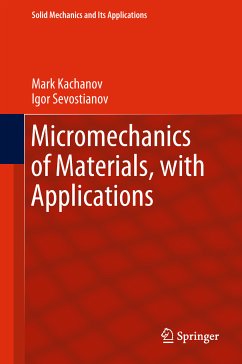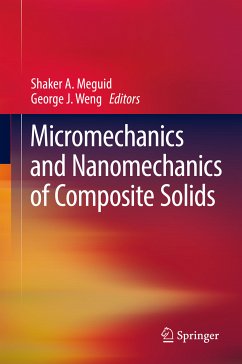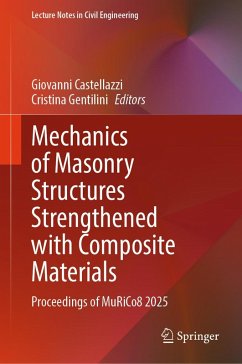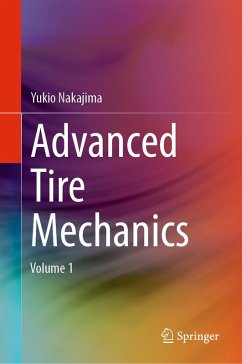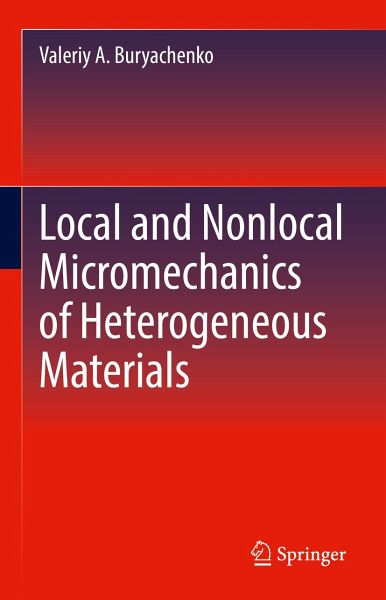
Local and Nonlocal Micromechanics of Heterogeneous Materials (eBook, PDF)
Versandkostenfrei!
Sofort per Download lieferbar
191,95 €
inkl. MwSt.
Weitere Ausgaben:

PAYBACK Punkte
96 °P sammeln!
This book presents the micromechanics of random structure heterogeneous materials, a multidisciplinary research area that has experienced a revolutionary renascence at the overlap of various branches of materials science, mechanical engineering, applied mathematics, technical physics, geophysics, and biology. It demonstrates intriguing successes of unified rigorous theoretical methods of applied mathematics and statistical physics in material science of microheterogeneous media. The prediction of the behaviour of heterogeneous materials by the use of properties of constituents and their micros...
This book presents the micromechanics of random structure heterogeneous materials, a multidisciplinary research area that has experienced a revolutionary renascence at the overlap of various branches of materials science, mechanical engineering, applied mathematics, technical physics, geophysics, and biology. It demonstrates intriguing successes of unified rigorous theoretical methods of applied mathematics and statistical physics in material science of microheterogeneous media. The prediction of the behaviour of heterogeneous materials by the use of properties of constituents and their microstructure is a central problem of micromechanics. This book is the first in micromechanics where a successful effort of systematic and fundamental research of the microstructure of the wide class of heterogeneous materials of natural and synthetic nature is attempted. The uniqueness of the book lies in its development and expressive representation of statistical methods quantitatively describing random structures which are at most adopted for the forthcoming evaluation of a wide variety of macroscopic transport, electromagnetic, strength, and elastoplastic properties of heterogeneous materials.
Dieser Download kann aus rechtlichen Gründen nur mit Rechnungsadresse in A, B, BG, CY, CZ, D, DK, EW, E, FIN, F, GR, HR, H, IRL, I, LT, L, LR, M, NL, PL, P, R, S, SLO, SK ausgeliefert werden.



